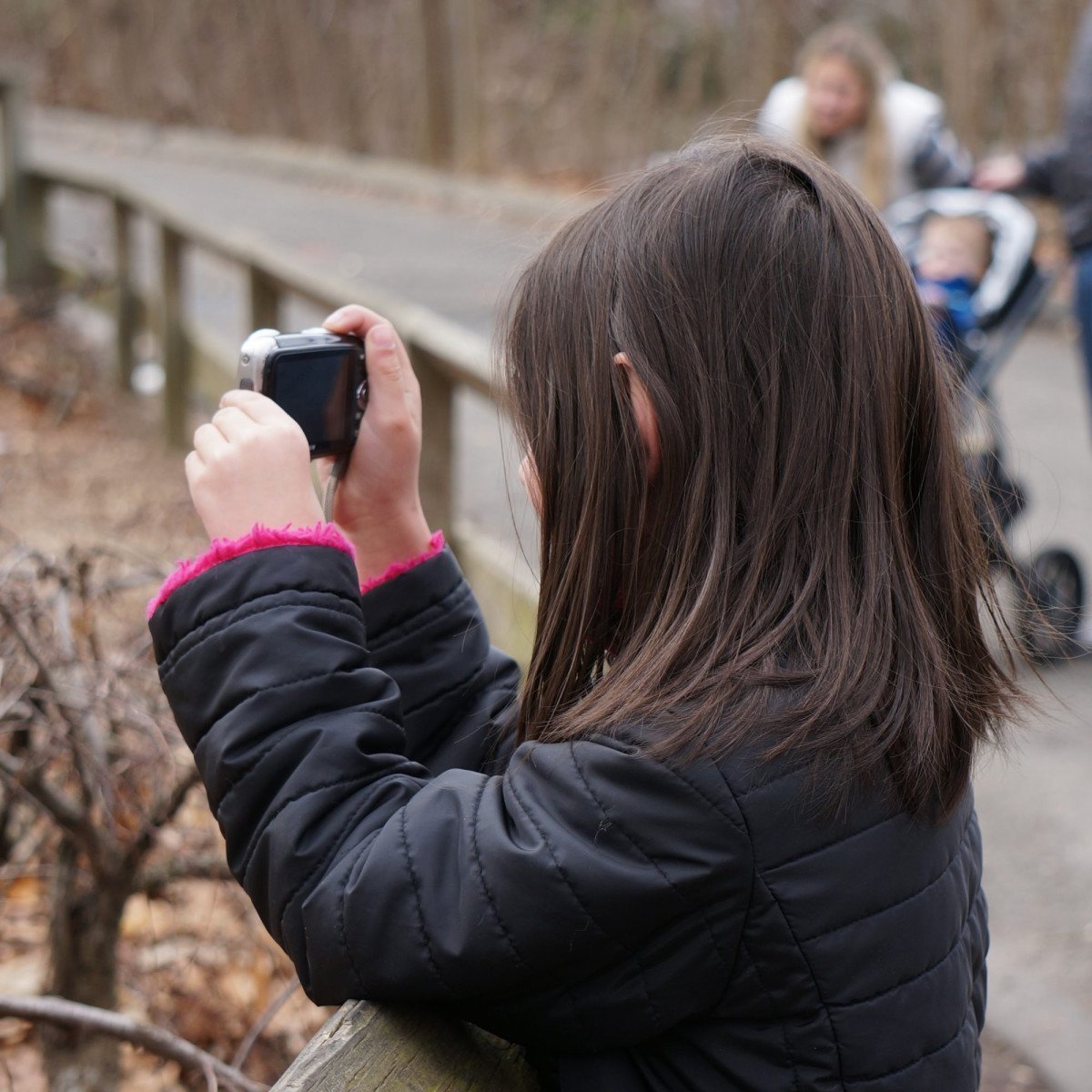Picture this: you’re walking through a bustling city street, camera in hand. You spot the perfect scene – a wizened old man with a face grooved by time and experience, engrossed in a chess match with a vibrant, enthusiastic youngster. You raise your camera to encapsulate this delightful juxtaposition of old and new, but pause. Did you ask for their permission? Have you considered the ethical implications of your actions?
With the advancement of technology, the accessibility of high-quality cameras, and the rise of social media platforms, photography has evolved from a niche profession to a ubiquitous hobby. And while this explosion of interest has brought beauty and diversity to the medium, it has also raised significant ethical questions. Can you take pictures in public without consent? How much photo editing alters the scene’s reality? What are the ethical considerations photographers must keep in mind?
Did you know that according to a survey conducted by the World Photographer Association, an alarming percentage of photographers admitted to manipulating their images without disclosing it? This statistic is but a snapshot in the murky territory of ethical photography. Here, we’re not just dealing with the rights and wrongs but also venturing into the grey areas that challenge our very notion of ethical practice.
Now, let’s delve into some of the major ethical considerations photographers grapple with. First and foremost is the question of consent. Believe it or not, the words ‘Can I take your picture?’ have a powerful impact and can mitigate potential misunderstandings down the line. It’s not just about legality, it’s about respecting someone’s personal space and privacy. And in an age where images can spread like wildfire across social media, the need for this respectful approach has never been greater.
Next up is the gnarly issue of post-processing. It’s no secret that photographers ‘touch up’ their images. But how much is too much? Where does enhancing brightness end and creating a false narrative begin? This is a particularly poignant concern in today’s time, where what people consume digitally is often perceived as the ‘truth’. The potential for such images to skew perception is enormous, hence posing a significant ethical dilemma.
The thread linking these issues is the element of truth. You see, photography isn’t just about capturing a moment, it’s about capturing a fact, a slice of reality. With that comes the onus of honesty and integrity. So before clicking that shutter button, remember you’re not just creating a picture, you’re telling a story – and it better be a truthful one.
However, it’s not all doom and gloom. By being aware and navigating these ethical pitfalls smartly, we can create more meaningful and impactful photography. Start by making transparency your mantra. If you’ve edited a photo, let your audience in on it. If you’re documenting a culture or a community, do it with respect and sensitivity, ensuring representation and justice to the subjects in frame.
You see, ethical photography goes beyond rules and regulations. It’s about understanding the effect your actions as a photographer can have. It’s about empathy, connection, and regard for the subject over the pursuit of a captivating image. It’s a call to treat subjects not as mere objects, but as co-creators of the story.
In conclusion, ethical photography is a journey and not a destination, guided by the compass of empathy and responsibility. So, the next time you lift your camera, ask yourself – are you just preserving a moment or are you invading someone’s privacy? Are you telling a real-life story or fabricating a fairy tale? Reflect on these questions, not just as a photographer but as a human being navigating this shared space.


0 Comment